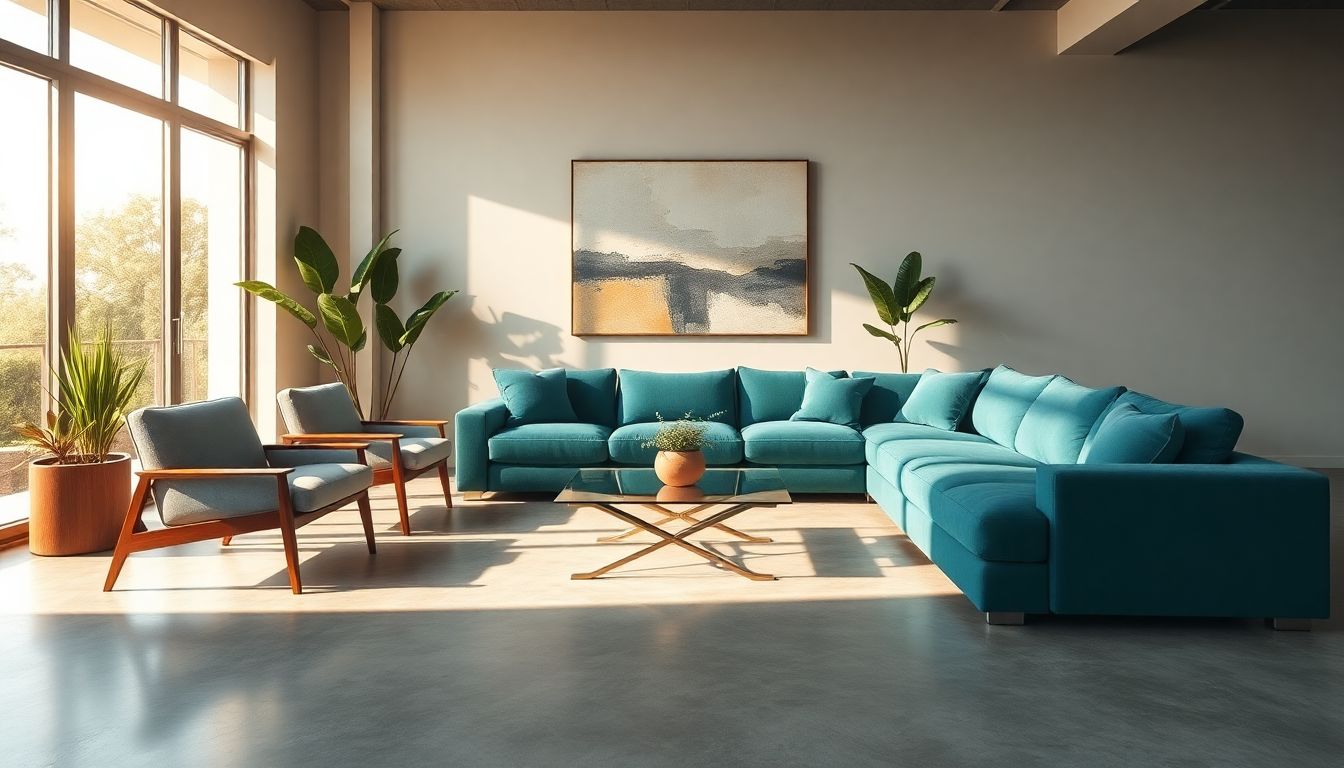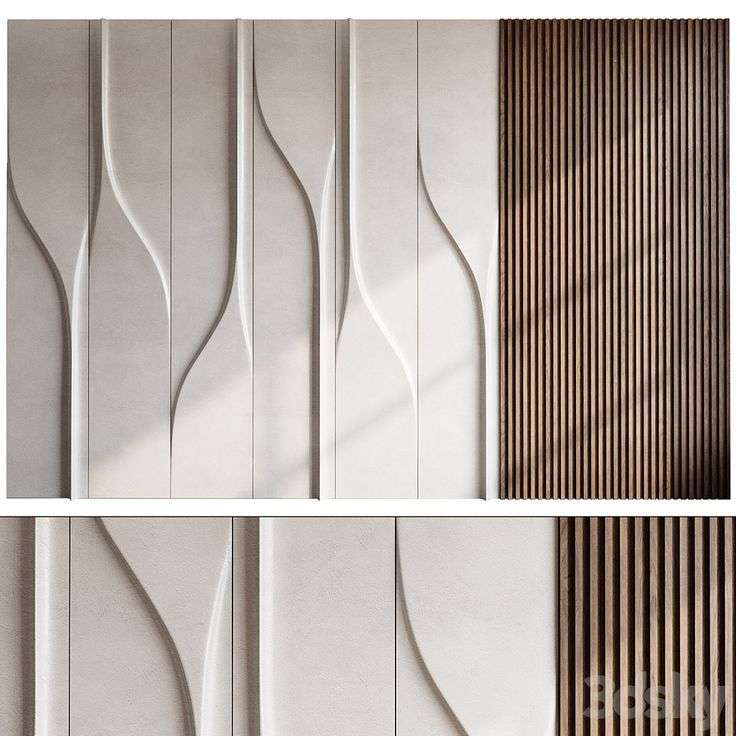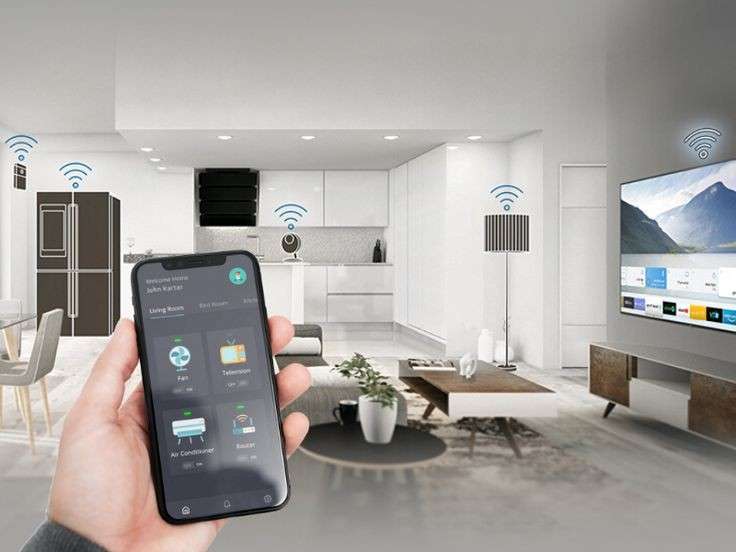
Introduction: Unveiling the Power of Interior Design
Interior design goes beyond aesthetics. A well-designed space can significantly affect mood and productivity. Studies show that 87% of individuals believe their home environment influences their mental health positively. Investing in quality interior design not only enhances your living experience but can also lead to a higher property value. Well-planned spaces often attract potential buyers, making it a smart investment.
This guide will cover understanding your design style, color psychology, material choices, lighting strategies, and tips for furnishing your home effectively.
Understanding Your Design Style: Finding Your Aesthetic
Identifying your personal preferences is crucial in interior design. Here are some popular styles:
- Minimalist: Clean lines, neutral colors, and uncluttered spaces.
- Bohemian: Eclectic colors, patterns, and a cozy feel.
- Mid-Century Modern: Classic furniture designs with a vintage touch.
Online resources like Pinterest can help you create mood boards to visualize your style. Consider your lifestyle as you choose your design elements. Do you have kids? Pets? Understanding your daily life will guide your decisions.
Color Psychology and Space Planning: Creating a Harmonious Environment
Colors have a profound impact on mood and emotion. For example:
- Blue: Calming and serene.
- Yellow: Energizing and cheerful.
- Green: Refreshing and natural.
According to color expert Angela Wright, color choice can affect how you feel in a space. Combining effective space planning techniques with color can enhance functionality. Use space-saving furniture like foldable tables or modular sofas to maximize your living area. Aim to balance form and function by considering not just aesthetics but also how well the space works.
Choosing the Right Materials and Finishes: Enhancing Texture and Durability
Selecting the right materials for flooring, walls, and countertops is essential. Some options include:
- Hardwood: Durable and classic.
- Laminate: Cost-effective and easy to maintain.
- Natural Stone: Unique and stylish.
Texture and pattern can enrich the visual appeal of a room. Incorporate sustainable and eco-friendly materials like bamboo flooring or recycled glass countertops to promote a healthier home environment. These choices not only look good but also support a greener planet.
Lighting Design: Illuminating Your Space
Layering light sources creates a well-lit space. Here are three types of lighting to consider:
- Ambient: General lighting, such as ceiling fixtures.
- Task: Focused lighting for specific activities, like desk lamps.
- Accent: Decorative lighting to highlight artwork or architectural features.
Choose fixtures and bulbs that enhance both ambiance and functionality. For example, LED bulbs are energy-efficient and long-lasting. Use window treatments like sheer curtains to maximize natural light while maintaining privacy.
Furnishing and Decorating: Adding Personality and Comfort
Selecting furniture that fits your style and space is vital. Keep scale and proportion in mind. A huge sofa can overwhelm a small room. Consider incorporating accessories like cushions, art pieces, or plants to personalize your space. Renowned designer Kelly Wearstler once said, “The details are not the details. They make the design.” Creating cohesiveness among your decor choices can transform your home into a stylish retreat.
Conclusion: Your Dream Home Awaits
In summary, understanding your design style, using color psychology, choosing the right materials, and lighting your space effectively are critical steps in interior design. Embrace the journey to create your dream home. Share your design experiences and inspire others to transform their spaces!



